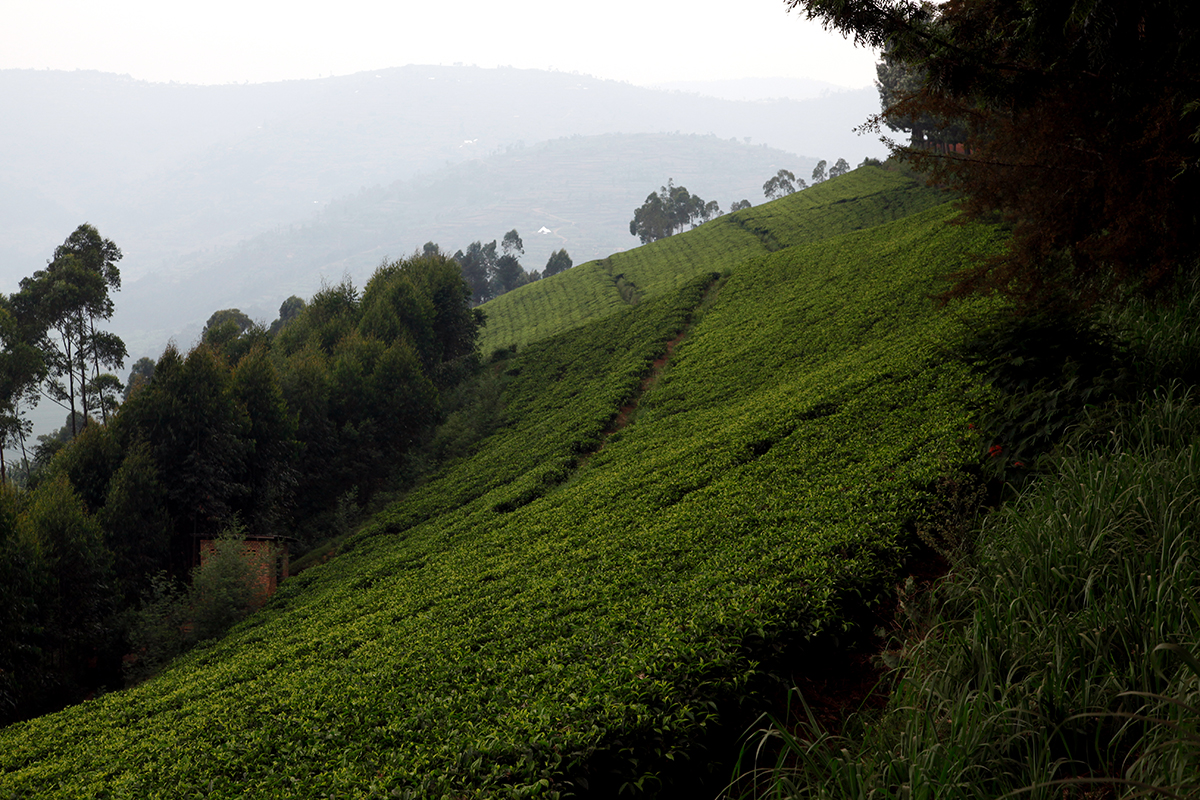A farmer who grows tea might have to deal with various threats to his crop: insects (spiders, mosquitoes, etc.) that damage leaves, caterpillars which like to eat young plants, fungi that grow along the trunks of the bushes. But there are solutions to these problems that don’t involve pesticides. One is to encourage the presence of birds and other predators by growing hedges near the tea plants. Another important factor is altitude – pests are much less of a problem at low temperatures. Nature must be respected, and tea should be planted in a suitable environment. In the same way that we don’t build a house in a bog, tea should not be planted in an environment that is too humid, at low altitude, on flat, undrained land that is intensively farmed and stripped of all other trees and plants. In those circumstances, it is likely not to be organic. It makes sense when you think about it.
Common sense
18 January 2019





